2022 brought unique challenges for lodging businesses as demand strengthened post-pandemic and ‘revenge travel’ soared. As labor shortages reached all-time highs and hotels struggled to fill roles, management was required to face a significant increase in demand with limited resources.
The industry responded to these challenges and ended the year exceeding pre-pandemic RevPar. Hoteliers adopted technology to help fill the labor gaps and learned they could do more with less. Guests became accustomed to using technology throughout their travels, from digital check-in to keyless door locks, making these self-serve solutions imperative to modern travel experiences.
5 Ways Lodging Businesses can Prepare for 2023
Moving into 2023, economic uncertainty and continued labor shortages will challenge the industry, but lodging businesses can overcome them with the right strategies. Read on to learn the five ways you can prepare for this year.
1. Invest in Revenue Management Technology
High and low travel seasons will merge this year as travelers make more price-focused decisions. Off-season bookings and low-budget accommodations will grow in popularity due to the effects of inflation and economic uncertainty. More than ever, travelers want to understand the value they are getting from their accommodation provider and will prioritize businesses that deliver the right price, experience, and value.
Hotels can no longer update yearly, monthly, or weekly rates. Instead, hoteliers must track market and competitor activity daily and adjust prices to maximize profitability and occupancy. Revenue management tools will be critical for hoteliers to stay flexible with pricing decisions and maintain competitive rates regardless of the season. These tools can help lodging operators automate pricing based on preset rules and alerts and quickly gather market and competitor data.
2. Rethink the Welcome Experience
Technology is replacing many front desk functions, and we expect this trend to continue over the next year. Mobile check-in, guest messaging, contactless payments, digital keys, and virtual concierges are a few ways technology is used across the industry.
While some hoteliers and travelers may be wary of this shift away from front desk reliance, it’s a fantastic opportunity for hotels to create a more engaging welcome experience. Consider new ways to greet guests upon arrival and foster connection among guests and staff. Offer guests drinks or snacks and encourage the use of communal spaces like coworking rooms or cafes. Removing the front desk barrier can improve the guest and employee experience, which should be a focus for hoteliers this year. To improve staff retention, see what front desk activities your team enjoys and where modern PMSs or reservation systems can take over the mundane, repetitive tasks.
3. Reconfigure Spaces to Appeal to Blended Travelers
Blended travelers combine work and travel, including remote workers, digital nomads, families, and more. They are becoming increasingly popular across the industry, with American Airlines announcing that in September 2022, nearly half its revenue came from blended trips. This number is only expected to grow.
Lodging businesses must respond to this growing segment by providing more flexibility and choice to guests, with different room type options (dorms, private rooms, apartment-style rooms, etc.) and communal spaces (coworking spaces, kitchens, libraries, etc.). There will be less focus on types of lodging business (i.e., hostel vs. hotel) and more emphasis on value and experience. We see this shift with hotels becoming more like vacation rentals like Mariott Homes & Villas and vacation rentals becoming more like hotels with Sonder.
4. Prioritize Video Content
Travelers are changing how they research travel, and search engines adapt to fit these expectations. A December 2022 survey from Google found that over half of respondents use video in their travel research. This shift to video is evident in the rising use of TikTok and Instagram among Gen Zs and Millenials.
Google has updated its algorithm to favor short-form videos (less than 10 minutes). It will become an even more important tool in 2023 for hoteliers to promote their business and attract travelers. This year hoteliers must determine how to incorporate video content as part of their marketing strategy and get active on platforms like TikTok, YouTube, Instagram, and Facebook.
It’s important not to overthink your video strategy. Simple, short videos that showcase your hotel’s personality will be the most effective across platforms. See how you can leverage user-generated content (videos your guests take) on your social channels, and see if any of your staff would be interested in creating content.
5. Define What Guest Experience Means
Before you can deliver exceptional guest experiences, you need to take the time to understand who your target audience is. Knowing your guests’ wants and need will play an essential role in 2023 as travelers place greater value on experiences. Expedia predicts that 2023 will be the year of the “no-normal,” with travelers ditching conventional travel for experience-based travel.
You can no longer offer a nice room – hoteliers and hosts must craft a unique guest experience explicitly designed for specific audiences. Identify what amenities, adventures, and out-of-the-box offerings excite your guests and make them want to book. Technology lets you learn more about your guests and identify trends to guide decision-making. Collect information via digital registration cards and send post-stay surveys to understand your guests better.
Free Guest Satisfaction Survey Templates
Hoteliers may learn what their hotel is doing well and where it needs to improve by monitoring satisfaction levels through guest surveys. The bottom line benefits from satisfied customers’ recommendations and repeats business.
Click here to download the “Guest Satisfaction Survey Templates”.
More Tips to Grow Your Business
Revfine.com is the leading knowledge platform for the hospitality and travel industry. Professionals use our insights, strategies, and actionable tips to get inspired, optimize revenue, innovate processes, and improve customer experience.Explore expert advice on management, marketing, revenue management, operations, software, and technology in our dedicated Hotel, Hospitality, and Travel & Tourism categories.

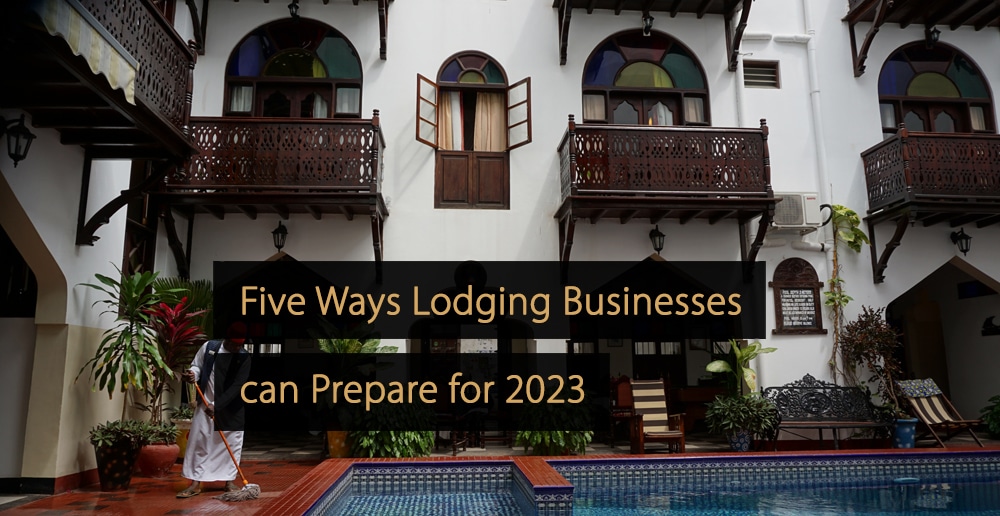
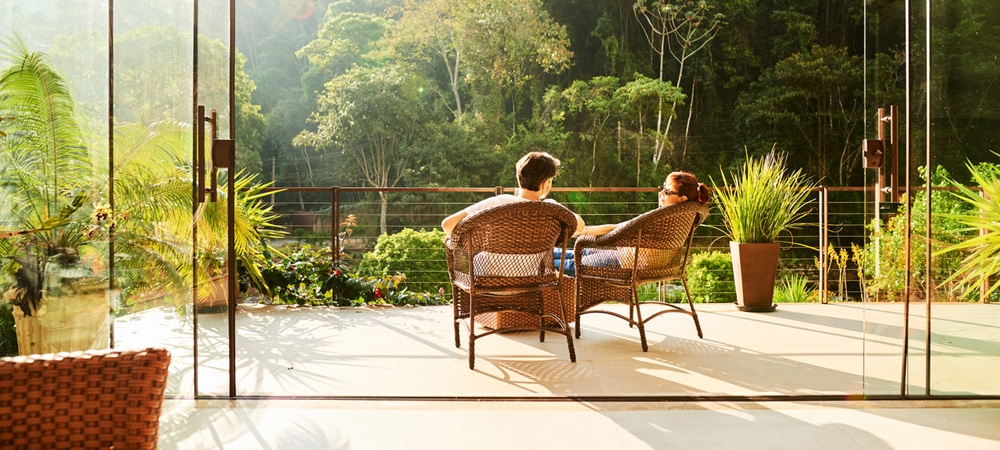
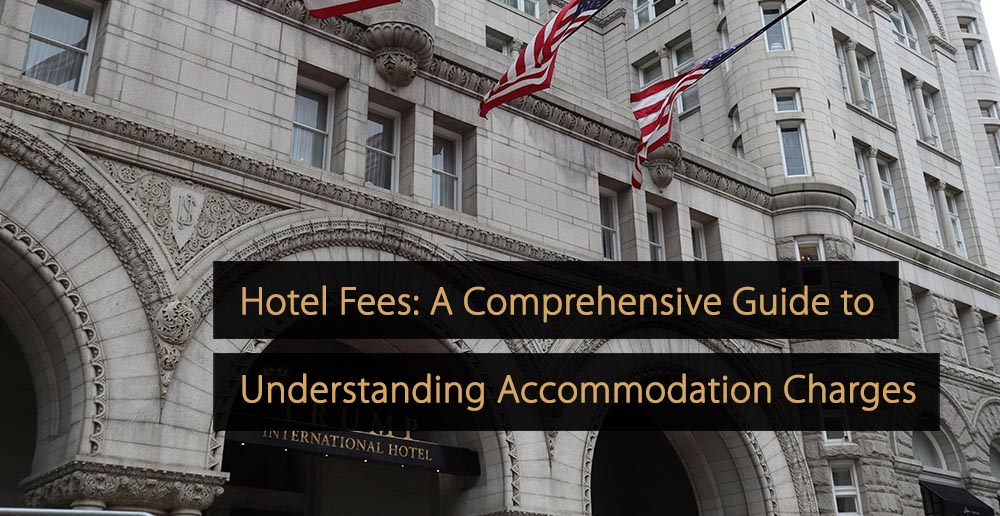

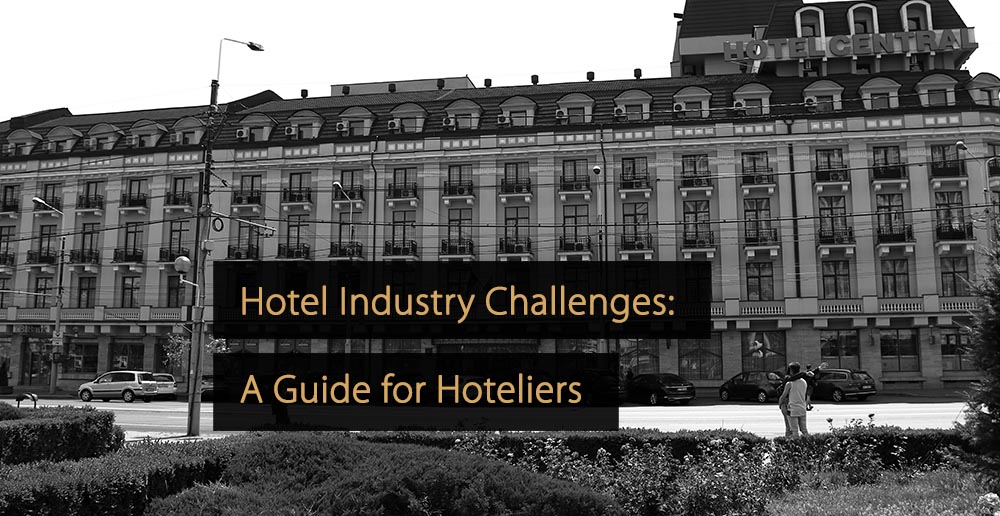

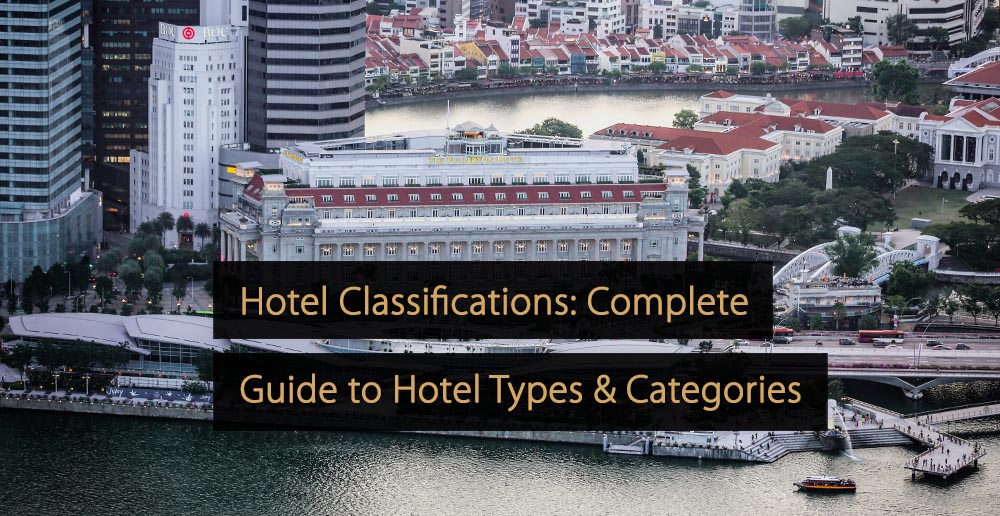

Leave A Comment